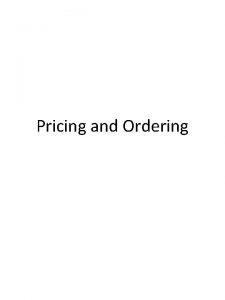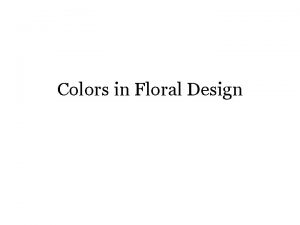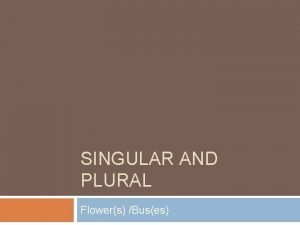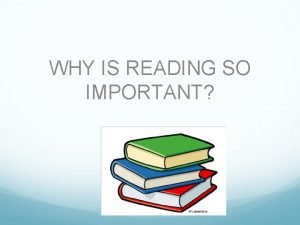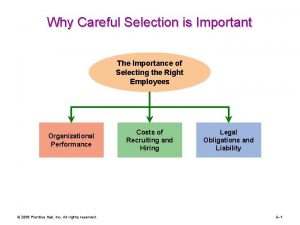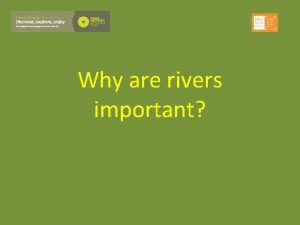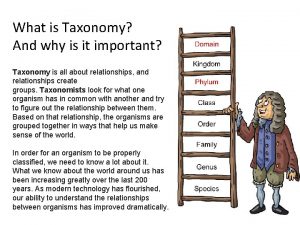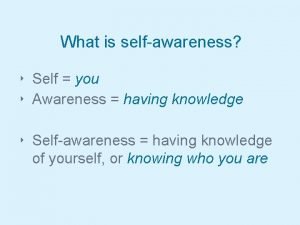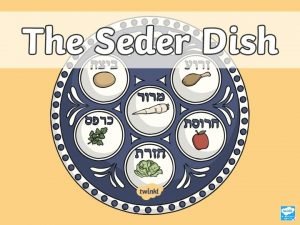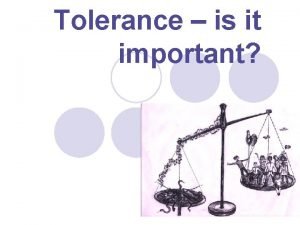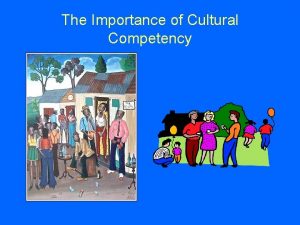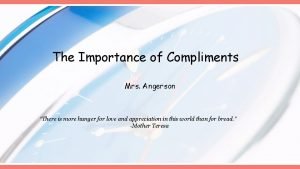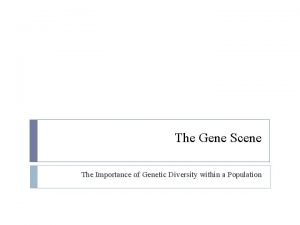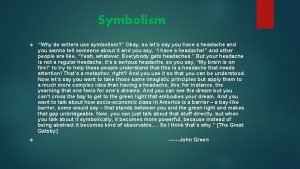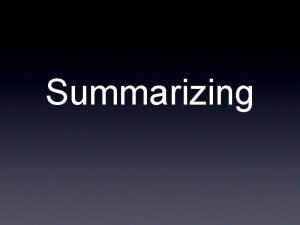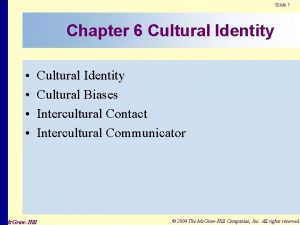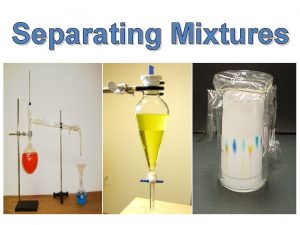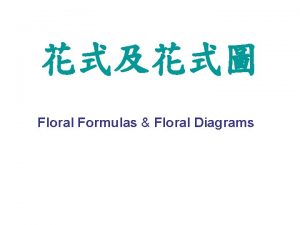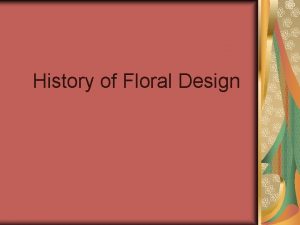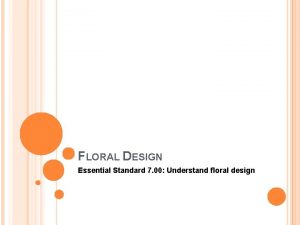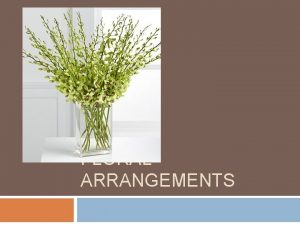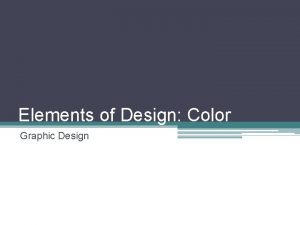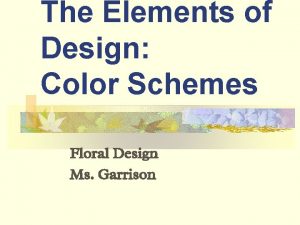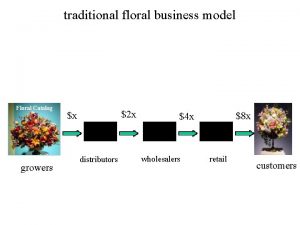Why is color important in Floral Design What













































- Slides: 45

Why is color important in Floral Design?

What is the purpose? • Provokes emotion • What emotions are flowers associated with?

How do colors make us feel? • Warm Colors – Reds and yellows give us a “warm” feeling – Remind us of fires and sunlight • Cool Colors – Blues and greens give us a “cool” feeling – Remind us of sky, water, ice, foliage

How do colors make us feel? • To create a bright cheerful arrangement, use colors like yellows, oranges, reds, and whites • Blues, greens, and whites are cool and refreshing • Violets and purples give an almost sad feeling • Black and shades produce a depressing effect

What Do Colors Mean?

White • Innocence • Simplicity

Gray • Quiet • Delicate

Black • Despair

Browns • Slow • Surety

Red • Love • Outward Interests

Orange • Cheery • Spirited

Yellow • Happiness • Optimism

Blue • Conservative • Sadness

Green • Sensitive • Life

Purple • Sentimental • Reflective

Scenarios • What colors would you use for a funeral? • What colors would you use for a wedding? • What colors would you use for someone in the hospital?

Primary Colors • Red • Yellow • Blue • ALL COLORS COME FROM A COMBINATION OF THESE THREE COLORS!

Secondary Colors • Green, Orange, Purple • Created by mixing two primary colors

Tertiary Colors • Made by combining a primary color with a secondary color. • Always list primary color name first – Examples • Red orange • Blue green • Yellow green

Paint Chips • What’s the difference?

Tint • Color plus white

Tone • Color plus grey

Shade • Color plus hue

How Do You Make A Color Wheel?

Primary Colors • Add your three primary colors: – Red – Yellow – Blue

Secondary Colors • In the middle slot between each group – Add a mix of Red and Yellow to make Orange – Add a mix of Red and Blue to make Purple – Add a mix of Blue and Yellow to make Green

Adding Tints • Add white to each color to give its tint

Adding Shades • To make a shade of a color (darker), you can add black. • HINT: Rather than add Black you can add a little bit of its opposite color on the color wheel. This creates lots of other colors. – Ex: Yellows become Yellow Ochres, Greens become Raw Umbers and Burnt Siennas.

The Color Wheel THE FINISHED PRODUCT!!

The Color Wheel • Full Color Wheel Colors – Primary: Blue, Yellow, Red – Secondary: Orange, Green, Purple – Tertiary: Equal mixture of a primary and secondary color • Primary color placed first – Red-Violet – Blue-Green

Color Harmonies

Color Harmonies • Generally two types: – Related (Monochromatic and Analogous) – Neighbors on color wheel – Contrasted – Strangers across wheel from each other

Color Harmonies RELATED MONOCHROMATIC • One, single color supplemented by tints, tones, or shades of that one color

Color Harmonies RELATED MONOCHROMATIC • Tints – Color + White • Hue – Family name of a color (Ex: red)

Color Harmonies RELATED MONOCHROMATIC • Shades – Color + Black • Tone – Color + Gray (mixture of white and black)

Monochromatic

Color Harmonies RELATED ANALOGOUS • Achieved by using colors adjoining each other on color wheel – Example: Red with Orange, Yellow


Color Harmonies – Contrasted Complementary Harmony • Colors directly opposite each other – Examples: • Orange and Blue • Red and Green • Violet and Yellow


Color Harmonies – Contrasted Triadic Harmony • Combines three colors equidistant, forming a triangle – Example: • Red, Blue, Yellow


Color Harmonies – Contrasted Tetrad Harmony • Combines four colors, equidistant, forming a square • Must use 1 primary color, 1 secondary color, 2 tertiary colors – Example: • Red, Green, Yellow. Orange, Blue-Violet

Poly Chromatic • Includes a wide variety of colors • Anything goes

Movement Through Colors • Advancing color- Moves towards the viewer • Receding color- Disappears into the background – Example: With yellow and purple, • Yellow = advancing • Purple= receding
 Floral pricing worksheet
Floral pricing worksheet Hey bye bye
Hey bye bye Color wheel for floral design
Color wheel for floral design Metadata and taxonomy
Metadata and taxonomy Bus singular
Bus singular Don't ask why why why
Don't ask why why why Newspaper article format
Newspaper article format Inverted pyramid in news writing
Inverted pyramid in news writing Least important to most important
Least important to most important Why is the crucifixion important gcse
Why is the crucifixion important gcse Footwork rule in netball
Footwork rule in netball Items that distort or prevent communication
Items that distort or prevent communication Why experience is important
Why experience is important Why is strategic management important
Why is strategic management important Why is water important to living things
Why is water important to living things Why reading is so important
Why reading is so important What is mean by physical diversity
What is mean by physical diversity Why careful selection is important
Why careful selection is important Why are rivers important
Why are rivers important What is taxonomy and why is it important
What is taxonomy and why is it important Why is self-awareness important
Why is self-awareness important What is the passover
What is the passover Vad är advent
Vad är advent Ramadan for non muslim
Ramadan for non muslim Why are wetlands important
Why are wetlands important Managerial judgement method
Managerial judgement method Uml 0..*
Uml 0..* L
L Why is time management important
Why is time management important Why food quality is important
Why food quality is important Why is culture important
Why is culture important Compliment examples
Compliment examples 3 sides of the health triangle
3 sides of the health triangle Why is genetic diversity important
Why is genetic diversity important Importance of the sun
Importance of the sun Why is keyboarding important
Why is keyboarding important Kingdom phylum class
Kingdom phylum class Important of symbols
Important of symbols Why is summarizing important
Why is summarizing important Organic social media
Organic social media Why is culture identity important
Why is culture identity important Why is it important to separate mixtures
Why is it important to separate mixtures Why is the greenhouse effect important
Why is the greenhouse effect important Angular momentum
Angular momentum Margin of safety formula business
Margin of safety formula business Ferment
Ferment
